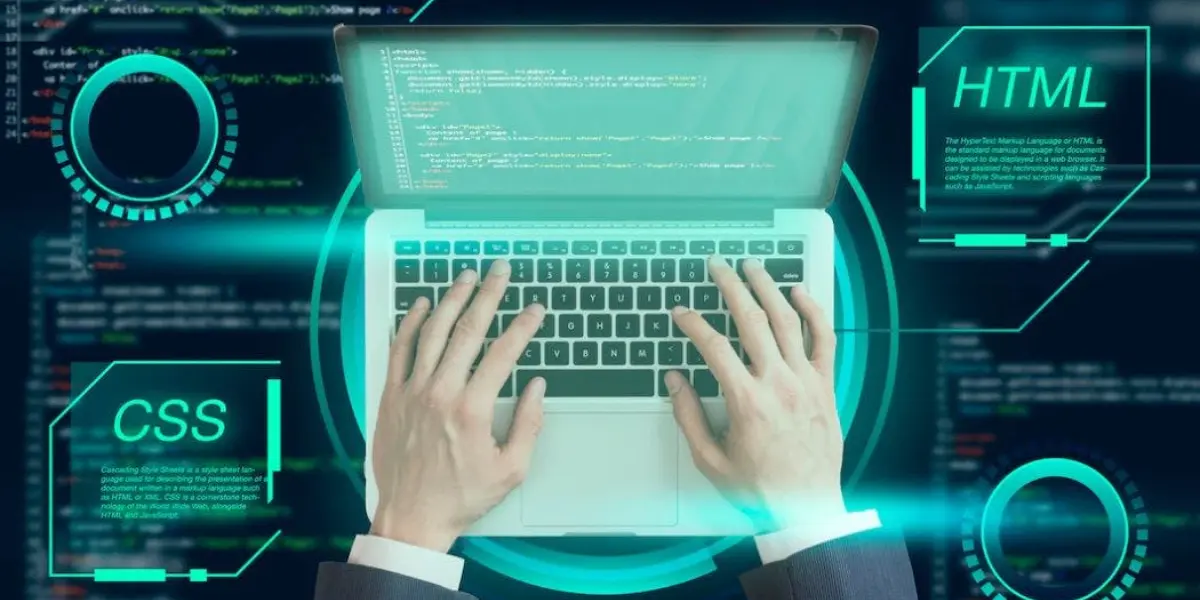Understanding the GPL License
Before delving into the GPL Classpath Exception, it’s important to understand the GPL itself.
Formulated by the Free Software Foundation (FSF), the GPL is a cornerstone copyleft license. Under the GPL, especially its latest version, GPL version 3, if you modify and distribute GPL-licensed software, those modifications must also be licensed under the GPL. The primary objective behind this is to ensure that software remains free, not in terms of cost but in freedom of use. Essentially, the GPL propagates the idea that if you benefit from the community, you should give back to the community. To better understand how the GPL works, let’s examine how it operates within the context of a company that develops and distributes proprietary software and how the GPL interacts with that model.
Scenario 1: Using GPL Code “As-Is”
If a company uses GPL-licensed software “as-is” and distributes it (even as part of its proprietary software package), the GPL-licensed software must remain under the GPL. The company must provide the source code (or a written offer to provide the source code) of the GPL component and ensure that recipients are aware of their rights under the GPL. The company cannot claim proprietary rights over the GPL portion or impose additional restrictions on it.
Scenario 2: Using Modified GPL Code Internally
If a company modifies GPL-licensed software but only uses it internally without distribution (e.g., via internal tools, servers, etc.), they are not required to release the modifications. The obligations imposed by the GPL primarily arise upon distribution.
Scenario 3: Distributing Modified GPL Code
If the company modifies GPL-licensed software and then distributes the modified version, they must also release the modifications under the GPL. The company cannot keep the modifications proprietary.
Further, if the GPL code is combined with the company’s proprietary code in a manner that creates a derivative work, the entire combined work might have to be released under the GPL. This is where the “viral” nature of the GPL is often referenced. Thus, inserting a few lines of GPL-licensed code into a million-line proprietary project can, in principle, transform the entire codebase’s licensing to GPL.
The question naturally arises as to what constitutes a “modification”. Conventionally, “modification” encompasses any change or adaptation, whether that’s rectifying a minor bug, embedding new functionalities, or blending the original piece with another software. In the context of the GPL, there is no razor-sharp definition of “modification.” Instead, it addresses the concept more broadly, focusing on the idea of a “derived work” or “derivative work”. A derivative work involves altering or combining GPL-licensed software to produce a work based on the original.
The tricky part is determining the boundary of what constitutes a derived work, especially when GPL code is combined with other code. Does merely linking to GPL-licensed software create a derivative work? What if you include a GPL-licensed library in your software but don’t alter the library’s code? These questions have fueled numerous debates. In response, the GPL with Classpath Exception and the LGPL emerged to clarify these boundaries, primarily for software libraries.
With this understanding of the GPL, let’s delve into a specific exception that adds more flexibility – the GPL Classpath Exception.
GPL Classpath Exception Explained
What is the GPL Classpath Exception?
The GPL Classpath Exception is an addendum to the GPL, specifically tailored for libraries. This exception allows the library to be integrated into any software without requiring the software to adopt the GPL license. This is as long as the library is invoked through a “classpath” or similar mechanism, ensuring that the library and the proprietary code remain distinct entities.
The term “classpath” originally refers to a parameter in the Java programming language that specifies the location of user-defined classes and packages. However, in the context of this exception, it has a broader connotation and encompasses mechanisms in other programming languages that allow for the separation and invocation of external libraries.
GPL Classpath: Why the Need for an Exception?
Libraries, by design, are tools intended to be used by a broader range of software. Their primary purpose is to offer functionality to be leveraged by various applications. When a library is GPL-licensed, its strict licensing can deter its adoption, as not every developer or company wishes to open-source their entire application under the GPL.
The GPL Classpath Exception bridges this gap. It allows libraries to remain free and open (thus benefiting from community contributions) while still being attractive to a broader spectrum of software projects that might have otherwise avoided it due to licensing concerns.
Implications and Advantages of the GPL Classpath Exception
The GPL Classpath Exception offers several notable benefits:
- Greater Adoption of the Library: Libraries licensed with the GPL Classpath Exception are more attractive for a wide range of developers, including those working on proprietary software, as they don’t impose GPL’s stringent redistribution requirements.
- Maintaining Software Freedoms: Despite the Classpath Exception, the library itself continues to be governed by the GPL. This means that any changes or improvements to the library must be open sourced, thereby preserving the essence of software freedom for the library.
- Flexibility for Developers: Developers can choose to either use the library under the strict GPL (without the Classpath Exception) or with the Classpath Exception, depending on their project’s needs.
- Protecting Proprietary Interests: Businesses can integrate powerful GPL libraries into their proprietary solutions without risking their intellectual property or business model.
Caveats and Considerations of the GPL Classpath Exception
While the GPL Classpath Exception offers increased flexibility, it’s important to understand its limitations.
- Modifications: The exception does not apply to modifications of the library itself. Any changes made directly to the library must still be licensed under the GPL.
- Distinct Entities: The library with the Classpath Exception and the proprietary software should not be so tightly integrated that they effectively become a single piece of software. The two should remain as distinct entities. This distinction is vital to make sure the software using the library doesn’t inadvertently become subject to the GPL. Here are a few considerations to keep this distinction clear:
– Linking: Whether you use dynamic or static linking, the key is to ensure that the library and the software remain separate. The Classpath Exception itself does not impose specific linking requirements, but it’s generally safer to use dynamic linking. With dynamic linking, the software calls the library’s functions at runtime without integrating the library directly into the program.
– Avoid Embedding: Do not embed parts of the library into the proprietary software. It’s best to use the library as it is meant to be used: as a standalone component. - Due Diligence: Developers should still be vigilant and ensure they understand the licenses of all the software they use. Not every GPL library will have the Classpath Exception, so due diligence remains essential.
GPL Classpath Exception in Practice
When you integrate a GPL component with a Classpath Exception into software, you can freely link or utilize the library. However, while using or linking doesn’t force your software under the GPL license, altering and distributing the library does mandate GPL compliance for those modifications.
Diving deeper into the nuances of downstream derivatives, the GPL with Classpath Exception doesn’t impose an obligation for these derivatives or linked software to carry forward the Classpath Exception. The prerogative to provide this exception rests solely with the original library author. Therefore, while modifications and distributions of the library should adhere to GPL guidelines, the Classpath Exception ensures that any software linked to it remains insulated from the GPL’s mandates.
In simple terms, using a library with the Classpath Exception generally allows your software to remain independent of strict GPL requirements. However, if you alter the library, those modifications must comply with the GPL. And remember, not all GPL libraries have this exception, so always check the license terms.
How the GPL Classpath Exception Differs from the GNU Lesser General Public License (LGPL)
Understanding the GPL with Classpath Exception becomes clearer when we juxtapose it against another prevalent software license, the GNU Lesser General Public License (LGPL). The LGPL is another creation from the Free Software Foundation aimed at promoting software freedom. Unlike its counterpart, the GPL, the LGPL is more lenient when it comes to linking software with libraries. It’s designed to ensure that even proprietary software can leverage the benefits of open-source libraries while preserving the freedoms associated with those libraries. Now, let’s delve into how this differs from the GPL with Classpath Exception.
LGPL and Linking
Dynamic Linking: When a software application links to an LGPL library dynamically, it essentially means the software and the library remain separate even during execution. They connect “on-the-fly” when the user runs the software. In this case, the software doesn’t inherit the GPL’s strict rules, but there are still conditions:
- The software must allow users to replace the LGPL library with a modified version.
- If the software is distributed, the linked LGPL library’s source or object code should be accessible to users, maintaining user freedom to change or upgrade that library.
Static Linking: Here, the library gets incorporated directly into the software’s binary during compilation. They become a singular entity, making it hard to replace or modify the library component. To ensure user freedom in this scenario, the LGPL stipulates:
- The software should provide the means for users to tweak or replace the LGPL component, even if it necessitates relinking.
Classpath vs LGPL
At its core, the Classpath Exception offers a simplified stance compared to the LGPL. It permits software to use a GPL library without absorbing the GPL’s obligations, provided the software and library stay separate. Modify the GPL library, though, and those changes must adhere to the GPL. The overarching intent is to keep the library and software as distinct units, no matter their linking method.
To summarize, while the LGPL centralizes on ensuring users can access and modify library code (with conditions tailored to the linking method), the Classpath Exception provides a direct approach. It stresses the importance of maintaining a boundary between software and library, absent the nuanced stipulations based on linking methodologies.
Both alternatives offer more malleability compared to the standard GPL. Still, their terms and focal points diverge: the LGPL underscores user access and modification rights for libraries, whereas the Classpath Exception accentuates the division between software and library.
Conclusion
In conclusion, the GPL with Classpath Exception highlights the open source community’s adaptability and keen understanding of diverse software needs. While the GPL is a powerful license that has revolutionized the software landscape, the Classpath Exception ensures that the benefits of GPL libraries are not restricted but are accessible to a wider audience. For developers and organisations, understanding these nuances ensures that they not only benefit from shared resources but also contribute responsibly to the open-source ecosystem.
As with any licensing concern, it’s always a good idea for developers to consult legal expertise when in doubt, ensuring that they respect the terms of the license while benefiting from the shared knowledge of the open source community.
A Note on Interpretation: While this article aims to simplify and explain the nuances of the GPL with the Classpath Exception, it’s essential to note that software licensing, especially in the realm of open-source, can be intricate. Interpretations can vary based on specific software implementations, jurisdictions, and the intricacies of individual projects. This article offers a foundational understanding, but always refer to the original license texts and consider seeking legal advice for specific applications or scenarios.
Sources:
https://www.mend.io/blog/top-9-gpl-with-the-classpath-exception-questions-answered/ https://www.gnu.org/software/classpath/faq/faq.html https://www.gnu.org/licenses/gpl-faq.html#IfLibraryIsGPL https://www.clendons.co.nz/resources/articles-and-publications/technology/using-gpl-code-your-software-essentials/ https://openjdk.org/legal/gplv2+ce.html https://www.mend.io/blog/top-10-gpl-license-questions-answered/#8_Can_you_mix_the_GPL_license_with_other_licenses_or_modify_and_distribute_GPL-licensed_software_under_a_different_license https://www.techtarget.com/searchdatacenter/definition/GNU-General-Public-License-GNU-GPL-or-simply-GPL https://torquemag.io/2016/11/explaining-and-understanding-the-gnu-general-public-license-gpl/ https://fossa.com/blog/open-source-software-licenses-101-lgpl-license/

